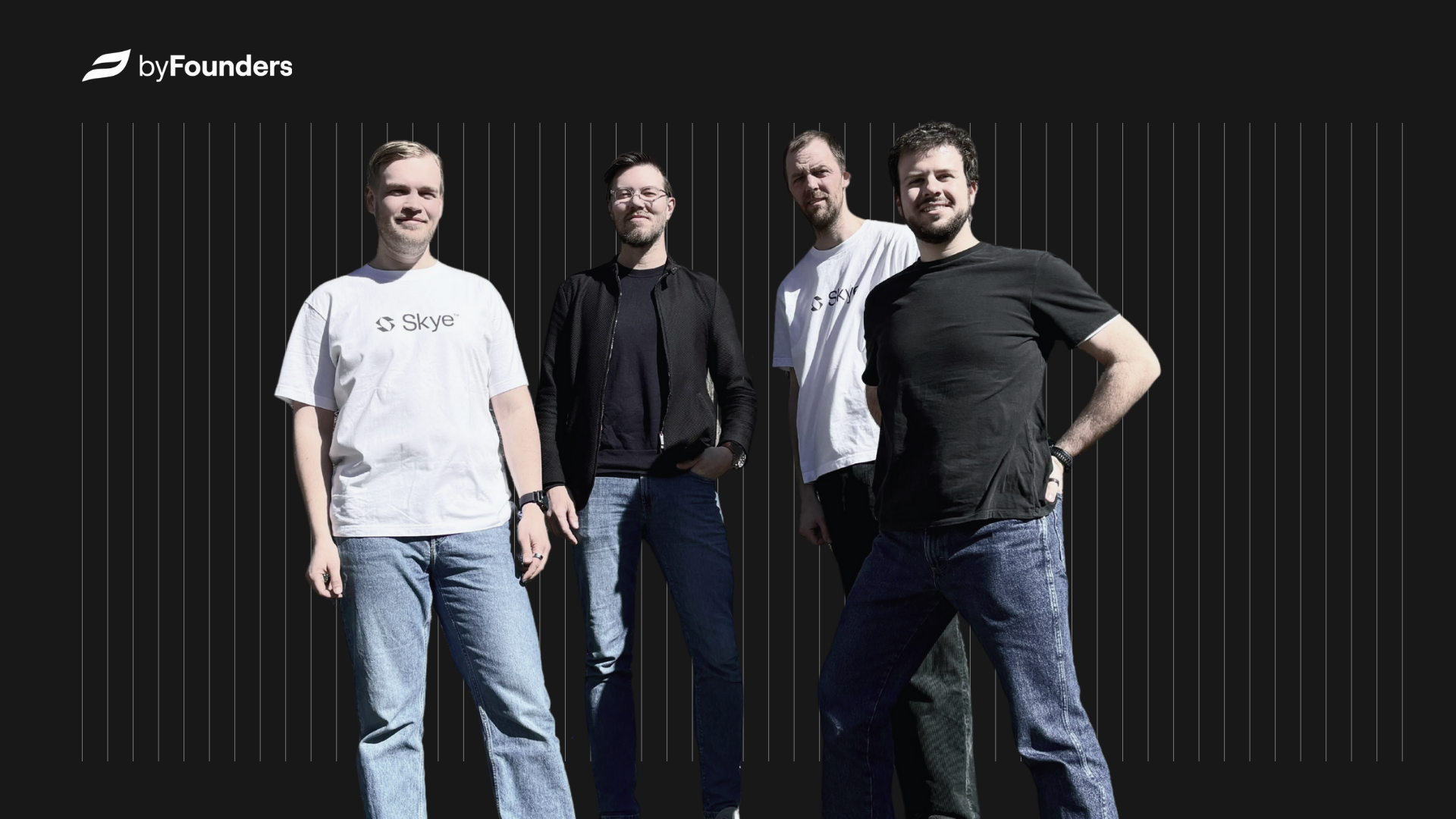Figurement: building the first collaborative 3D rendering platform for the real world
Figurement is building the next-gen collaborative 3D rendering platform for photorealistic product images.

3D modeling today
Look around the room and take a moment to register the items you see. It's almost certain that each of these items has been modeled in 3D. The screen you're reading this on, the pen on your desk, and the chair you’re sitting in—almost everything we physically produce goes through iterations of 3D modeling and rendering.
Most of these models are created way before any physical version of an item is produced as they allow companies to perfect their designs, without the cost and time of creating physical versions.
The rendered images go through numerous iterations. Engineers may realize they need to add a feature or design element, which informs the product team and designers. The marketers then need to ensure they have the latest rendered images at hand and might ask for new angles or colors based on the changes. This back-and-forth process can continue with hundreds, if not thousands, of iterations, involving continuous collaboration and updates, similar to the process of writing a blog post in Google Docs or creating a design mockup in Figma.
Despite the highly collaborative nature of 3D modeling and rendering, there are no go-to solutions that provide ways of working and sharing files together in real time. Current solutions primarily offer desktop-based software with no collaboration or live-preview features, while the current crop of web-based tools are targeted toward the gaming industry and typically lack the features and technology needed for more photorealistic and industrial design use cases.
Introducing Figurement
Enter Figuremen: the next-gen collaborative 3D rendering platform for photorealistic product images. Founded by Jesper Mosegaard and Søren Skovsbøll with more than 20 years of experience in 3D, computer graphics, and web, working for companies such as Keyshot, Crowdstrike, and Microsoft. Over the years, they have become subject matter experts in everything from ray-tracing to web-based 3D applications, having collaborated with clients such as Apple, SpaceX, and LEGO. They’ve seen the problems first-hand, and have a unique insight into how to address it.
Figurement utilizes the latest ray-tracing technologies and frameworks to effectively handle 3D models and renders in the browser, allowing users to collaboratively build professional, complex designs. The product already offers a drag-and-drop environment for CAD files, the ability to adjust models, update textures, change materials, and more, all in a real-time collaborative mode for desktop and mobile.
The time for 3D in the browser is here
Developments using web standards such as WebAssembly and WebGL have led to an increase in 3D designs and objects in browsers. With WebGPU becoming more standardized across web browsers, client-side 3D rendering is now a possibility. The benefits of this approach are that users, even in a collaborative environment, can leverage their own hardware for rendering, reducing reliance on server-side GPUs and lowering costs for all parties involved.
The future & its implications
We envision a world where 3D rendering is accessible not only to designers in large organizations but also to everyday people as a creative outlet. This democratization mirrors what made Figma successful: by making their platform affordable and easily accessible, they managed to attract even non-designers to use the platform without the barrier of expensive subscriptions. This approach enabled widespread adoption and integration within organizations.
Additionally, we believe that art and design are becoming more accessible to everyone. Tools like Stable Diffusion and Midjourney allow more people to create artworks that were once the domain of trained designers, and we expect similar advances in 3D rendering. However, a platform capable of functioning within the browser both on desktop and mobile is needed before Generative AI significantly impacts 3D rendering for photorealistic applications. Figurement will be well-positioned to lead this future.
We are thrilled to introduce Jesper and Søren to the byFounders community and back them alongside a strong set of angels with backgrounds from Google, DeepMind, Meta Reality Labs, and CrowdStrike (Humio).


.png)





